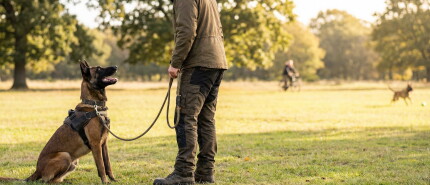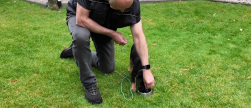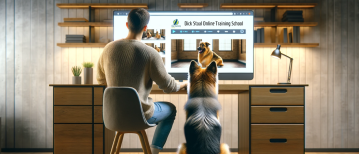Context is the start of every exercise
Giving a clear context when working with dog is always very important. It means giving information to the dog. This information makes it clear to the dog what the intention is. For example, when we go tracking, we always use a long tracking line. Then we walk the dog in a certain way to the beginning of the track. We give the dog air of a shoe print or an object and then the command to track. This is a very clear context for the dog. He knows exactly what the intention is: “We are going to track”.
So providing a clear context is always important. But especially when we train a dog for multiple exercises. We train our human scent tracker dogs for four different parts that they have to search for:
- Tracking
- Searching for small objects
- Barking at larger objects, such as weapons after they have been found
- Searching for missing persons
Each part has its own context
So it is important to make clear to the dog what and when something is expected of him. We therefore use four different contexts to make clear what the intention is. In tracking this is, among other things, the long tracking line. When searching for small objects we lay the dog down and point to the ground. When we are looking for a weapon we make the dog sit down and make a forward hand movement. And when searching for people, we give a command in a completely different way. In all cases it is then clear to this type of dog what the intention is.
This is not only important with sporting dogs, but especially in practice. Does the dog need to search the ground accurately at a crime scene for a small object, or does he need to search a forest with much more speed for a large scent source such as a person. The boss must then make this clear to the dog.
There are countless examples. If I am on a field of grass with my dog, we can search or do obedience. Also then, I will have to make clear to the dog which exercise it needs to perform by attitude, gesture and command.
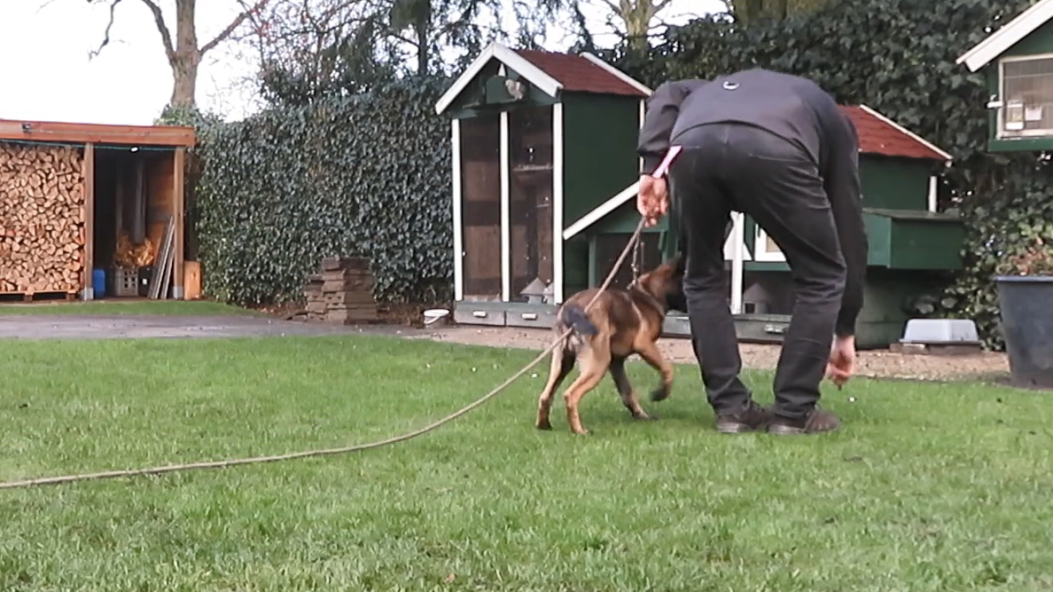
We also give the dog a clear context when walking him
In teaching the context, we begin at a young age with the puppy. Walking on the retractable leash means, walking out and socializing. Using a different line means, we start training. In addition to the different types of leashes, commands and the attitude of the boss, in the early stages we go to the same place every time to teach a certain exercise. If we walk with the pup to that place then a pup knows quickly what the intention is. For example learning the indicate we do on a spot in the front yard. Are we ready with that exercise, then the pup hears “ready” and we move us to another place in the garden for example to train obedience. After only a few weeks a puppy learns very quickly what the intention is.
I often give demonstrations with a puppy that has only been in training for a few weeks. I then always walk around the audience first, with the puppy on a retractable leash. Everyone can just stroke the pup and the pup usually reacts enthusiastically to this. But if I put the pup in the bench and then use another line, the pup’s behavior changes immediately. He knows that we will do something for which he will be rewarded and forgets the public. So the context is already clear to the pup in just a few weeks of training.
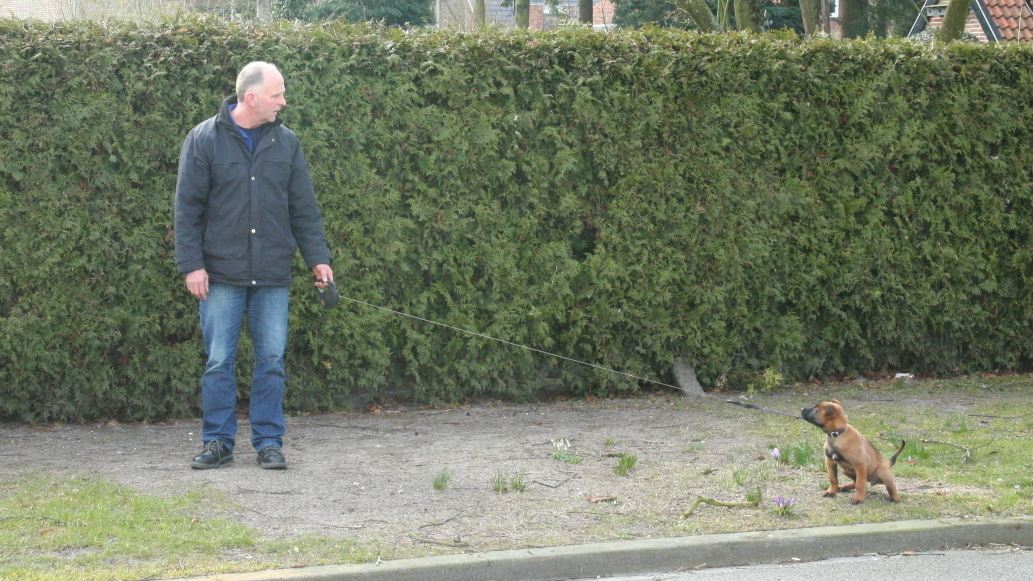
Do not confuse context with repetition
Some time ago I acted as a judge at the inspection of a tracking dog human scent. The judging was held at a place where the dog had visibly practiced more often. Whether it was searching small objects or a person in the woods, in all cases the handler and the dog started off in exactly the same way. The dog was laid out and then given the command to search. But the dog knew what the intention was and always did his job well at each location and succeeded.
By repetition the dog had apparently learned at which location which exercises had to be done. But after the inspection I advised the handler to pay more attention to the context of the various exercises. By means of attitude, gesture and commands. This because in practice, at strange places, it would be absolutely unclear to the dog what he should do at a certain time.




